There are two kinds of distilleries in the world: Those that look like the factories they are and those that float in picturesque settings seemingly one with nature. I’m accustomed to the latter – the vast majority of Scotland’s distilleries that accommodate visitors are beautiful, old places often wrapped in vines and built of moss-covered stones. My experience on the Kentucky Bourbon Trail provided a mix of factory and fantasy, but Woodford Reserve, lodged amid forested rolling hills and horse farms, certainly fell into the latter bucket.
Woodford Reserve has been here for a long time, just outside of Versailles (ver-SAILS), but only under this name since 2003 (though the brand was launched in 1996). The distillery traces its lineage back to Elijah Pepper who started distilling in these parts sometime between 1780 and 1797. A true distillery was erected in 1838, then named the Oscar Pepper Distillery, by Elijah’s son Oscar, and the distillery changed names (aka Labrot & Graham Distillery) and hands all the way up until 1993 when Brown-Forman, owners of Jack Daniels and Old Forester, re-purchased and refurbished the distillery. This followed a 20+ year period of inactivity and mothballs, but the entire history of the place makes it the oldest distillery on the Kentucky Bourbon Trail.
Woodford Reserve is also the smallest distillery on the trail, and it’s a fact they hammer home in their craft Bourbon advertising.
Sarah and I arrived to the distillery to meet Adam Johnson, director of the Kentucky Bourbon Trail. He helped set up my visits in the region, and we enjoyed a nice lunch in Woodford’s visitor center and talked some shop before parting ways. We jumped on the basic tour, replete with a mic’d-up guide, headsets for each tour-goer, and a shuttle bus. Of all my visits, Woodford certainly had the slickest tour.
After a series of cautionary warnings on the shuttle bus, we entered the mash house and soaked in the first stage of whisky production. Elijah Pepper settled in these parts for the quality of the water source (much like Samuels at Maker’s Mark), which is mineral rich and iron free as it gushes up through the Kentucky limestone shelf. Perhaps it’s no wonder that 95% of the world’s Bourbon comes from a 75-mile area in northern Kentucky.
This water provides a perfect medium for Woodford’s grain recipe, which I can tell you is 72% corn, 18% rye, and 10% malted barley. For those of you who like a bit of rye spice in your Bourbon, Woodford Reserve is one you will want to try.
After the grains have been mashed in the mash cooker, they’re pumped into open-top cyprus fermenters that look like giant porridge bowls when full. At this point, Woodford Reserve introduces their proprietary yeast strain so all that cooked up sugar can transform into tasty alcohol. Bourbon fermentation vessels fascinate me because the mash is so thick! In Scotland, the fermenting wash, as they call it, is almost completely liquid.
The beer produced during fermentation is pumped over to the stillhouse where it goes through a unique (for Bourbon country) triple distillation in copper pot stills. As we moved through Woodford Reserve, I couldn’t help picking up on the vaguely Scottish feel to the whole operation. Walking into the stillhouse really cemented it for me and made this visit one I considered to be the most aesthetically pleasing. Woodford’s pot stills flew over from Scotland, and their distillation process is in line with a typical Irish distillery.
The beer vaporizes in the first pot still and comes out as a 40-proof “low wine.” In the second still, this low wine vaporizes into a 110-proof “high wine.” Finally, after the third pot still has had a chance to work its magic, the high wine transforms into a 158-proof newmake spirit.
Here’s a little secret they didn’t tell us on the tour: Woodford Reserve was originally bottled from extra-aged honey barrels of Old Forester. In fact, Woodford Reserve still has the same mash bill as Old Forester, they just use the copper pot stills instead of the modern column stills).
Woodford Reserve has its own cooperage that builds their white oak barrels from wood harvested in the Ozark and Appalachian forests. These barrels are toasted before they’re charred. This is a unique process, but I’m unsure if this actually has any bearing on the final product or if it’s a clever marketing bullet point. Wouldn’t the char overpower the toast? One of life’s enduring mysteries.
The newmake Woodford Reserve is cut down to 110 proof before entering the barrels for aging because, as our guide says, they’re going for quality in the final product. Unfortunately, I didn’t have an opportunity to find out how they see barrel proof bearing on quality. During the maturation process these barrels lose about 30% of their volume over the 6.5-9 years these barrels age. Much of the angel’s share is composed of water so the proof in the barrels goes up over time.
The warehouse was something to see. Built in 1890 of Kentucky limestone, it’s actually not great for aging whiskey because the stone is such a good insulator. American whiskey does best when there are temperature fluctuations within the warehouse, so the whiskey can cycle into and out of the wood of the barrel. As a result, Woodford has installed temperature controls within their warehouses, which is certainly not the norm in the industry.
The ricks that hold the barrels aren’t attached to the warehouse walls because the site of Woodford Reserve sits on a fault line. The idea is that ricks will sway if another earthquake ever strikes the region. Perish the thought. It’s tight quarters in the warehouse, so it comes as no surprise to learn that they don’t rotate the barrels. Instead, they sample often starting at five years, especially the barrels at the top of the ricks that age faster in the heat. A 100-person panel tastes each sample using only their noses and palates to determine when a barrel is ready for bottling.
As the tour came to a close and the shuttle bus returned for us, I reflected on Woodford Reserve’s offerings. Their primary whiskey is the Woodford Reserve Distiller’s Select, but they recently introduced a Double Oaked expression to the market. Each year they also unveil a limited bottling in the Woodford Reserve Master’s Collection. It seems that finishes and rare expressions are taking over the Bourbon industry just as they’re doing to the Scotch industry.
Back in the visitor’s center, we received a thimble-sized sample of Woodford Reserve Distiller’s Select and given some instructions on tasting the micro-dram. We worked our way through four sips of the whisky: the first was a plain old sip, the second a chew, the third with ice chips, and the fourth with a bite of dark chocolate. Woodford Reserve has a nice, strong nose with vanilla, toffee, coffee, caramel, and walnuts. On the palate, I find it to be quite a dry, oaky Bourbon with that caramel and toffee mingling with rye spice. It was pleasant, but not epic. Perhaps I needed more.
Woodford Reserve is especially popular in mint juleps, and perhaps this explains why it is the official Bourbon of the Kentucky Derby (though Old Forester is the official “drink” of the Derby, so maybe it has more to do with Brown-Forman’s connections).
Woodford Reserve has to be the most beautiful distillery on the Kentucky Bourbon Trail, and it has more than a little bit of a Scottish air to it, too. I wanted to like their whiskey more than I did, though this is not to say that it isn’t quality Bourbon. Your best bet? Take a trip down to Kentucky, pop into picturesque Woodford Reserve, and decide for yourself.
Disclosure: My visit to Woodford Reserve was coordinated by the Kentucky Bourbon Trail. All thoughts and opinions expressed here, as always, are my own.

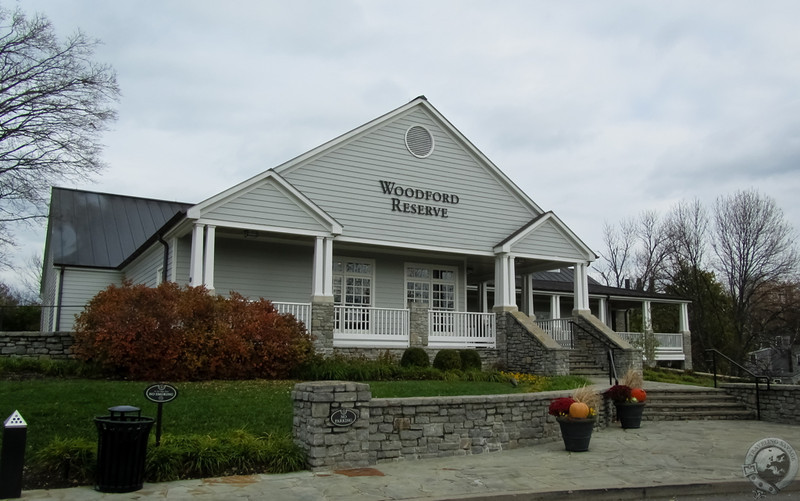
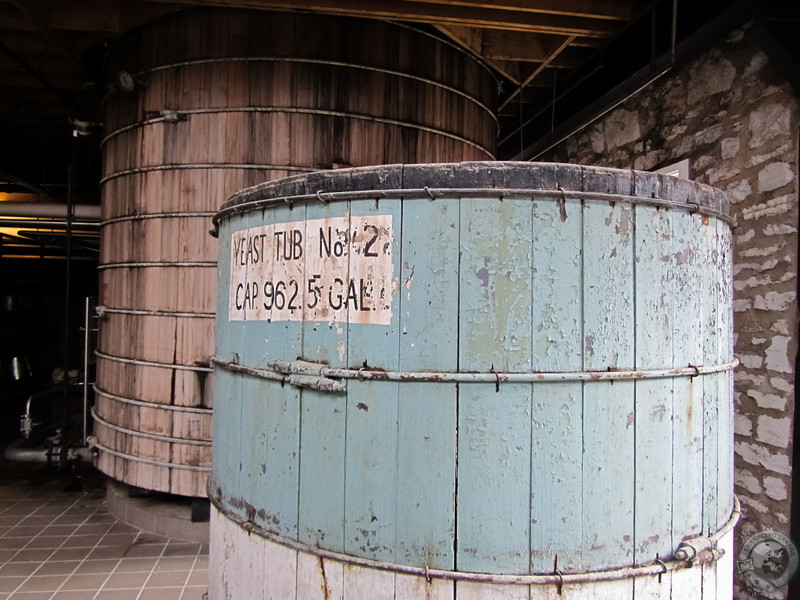
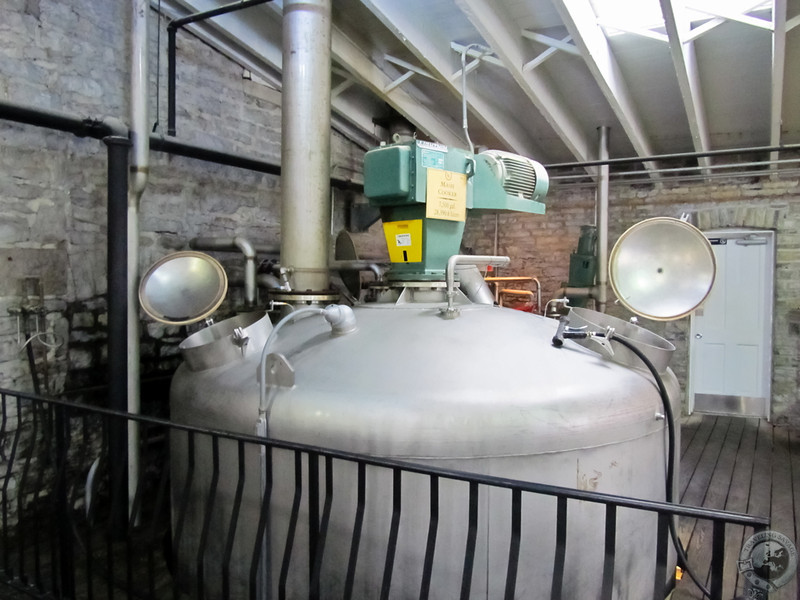
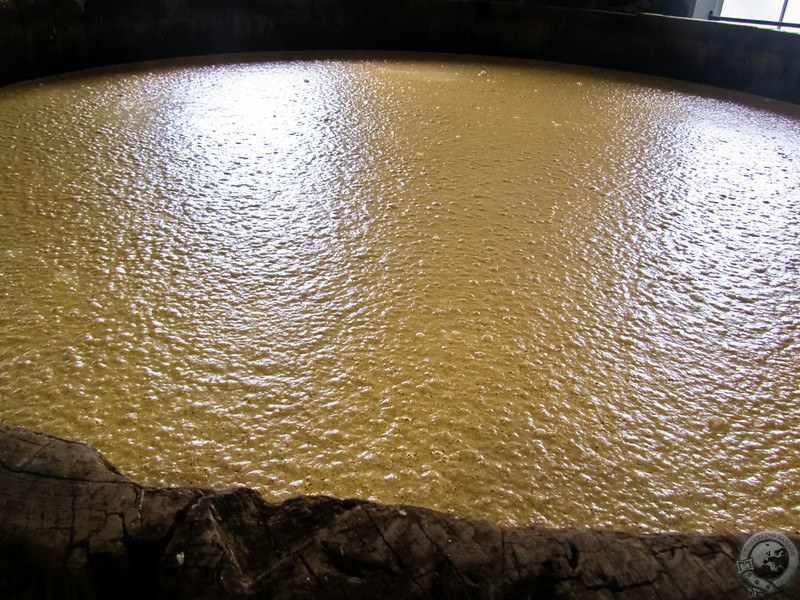
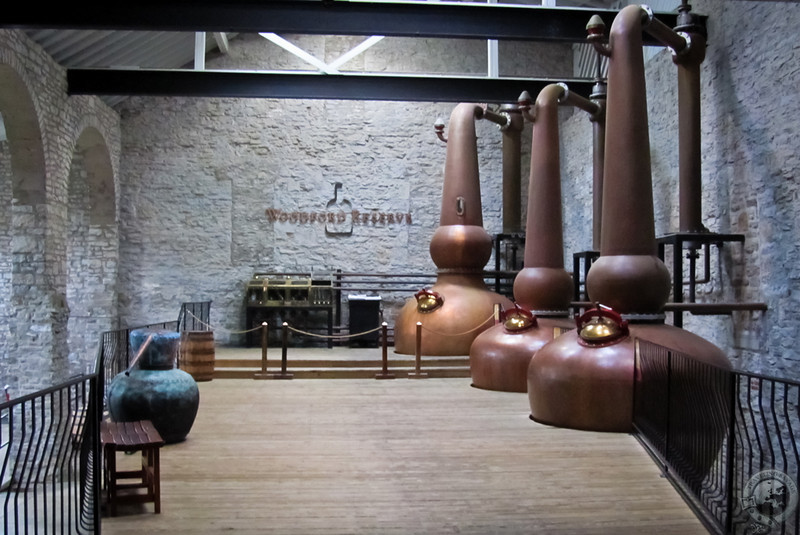
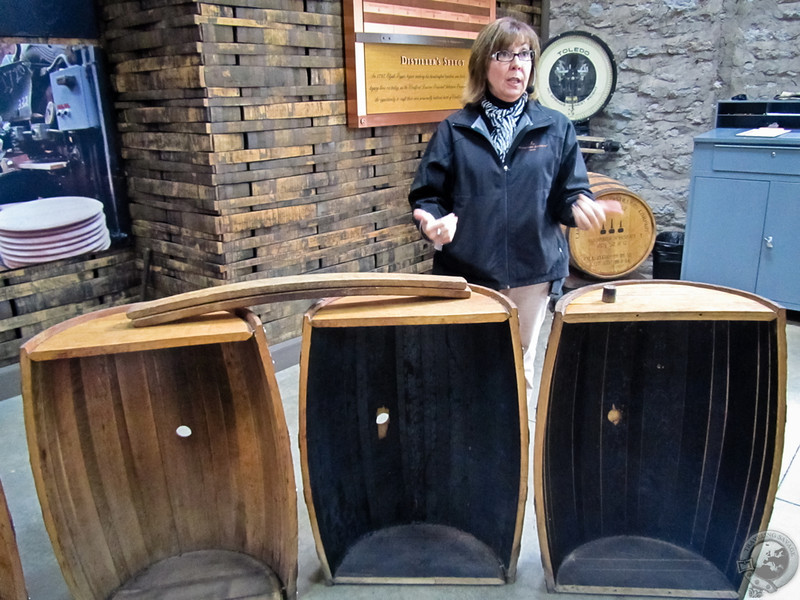
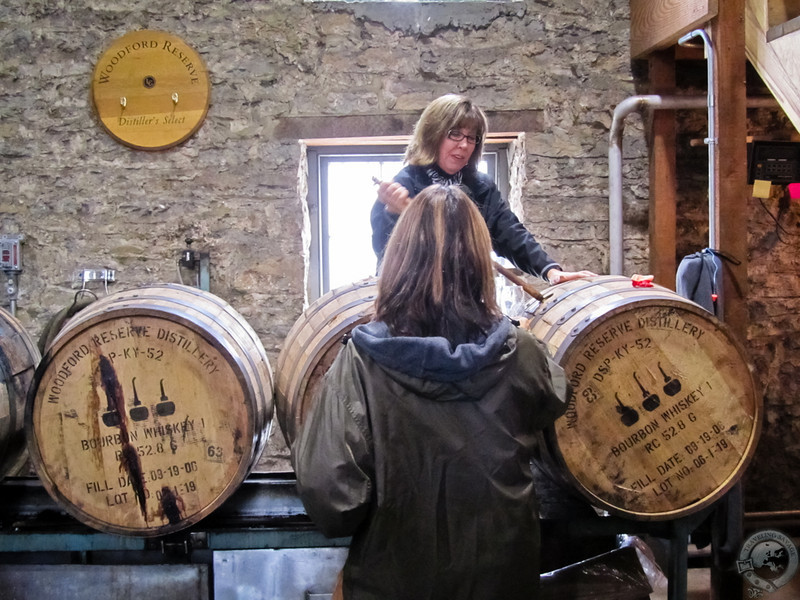
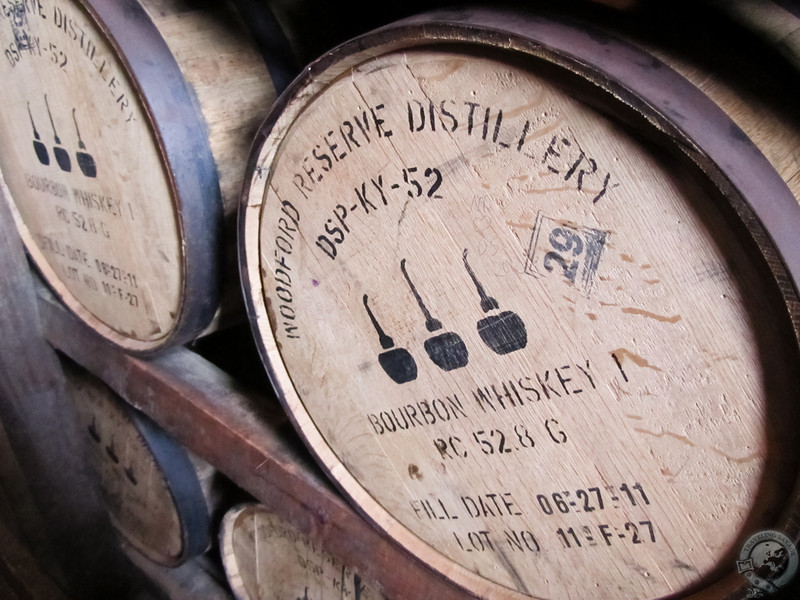
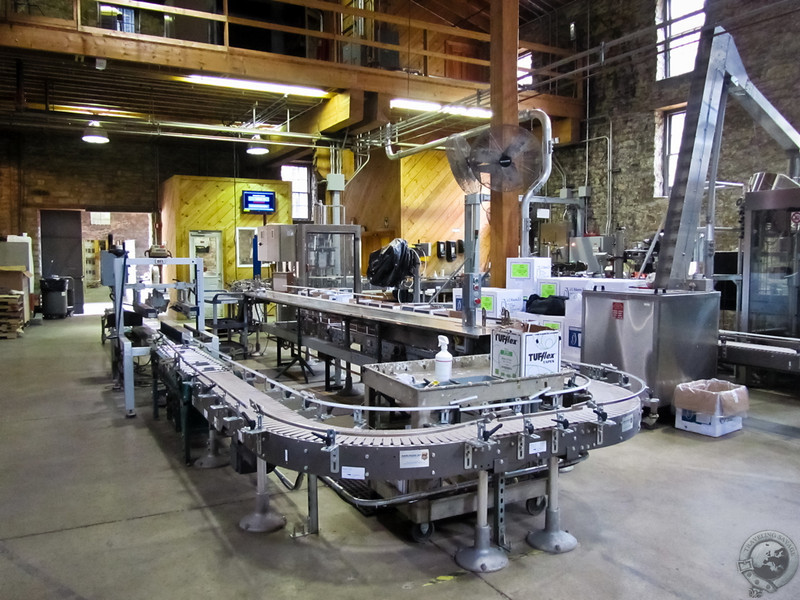
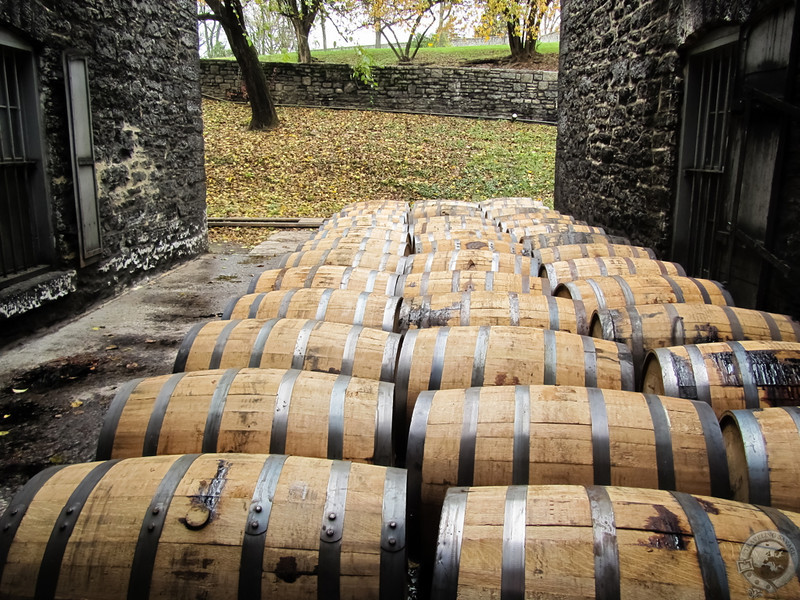
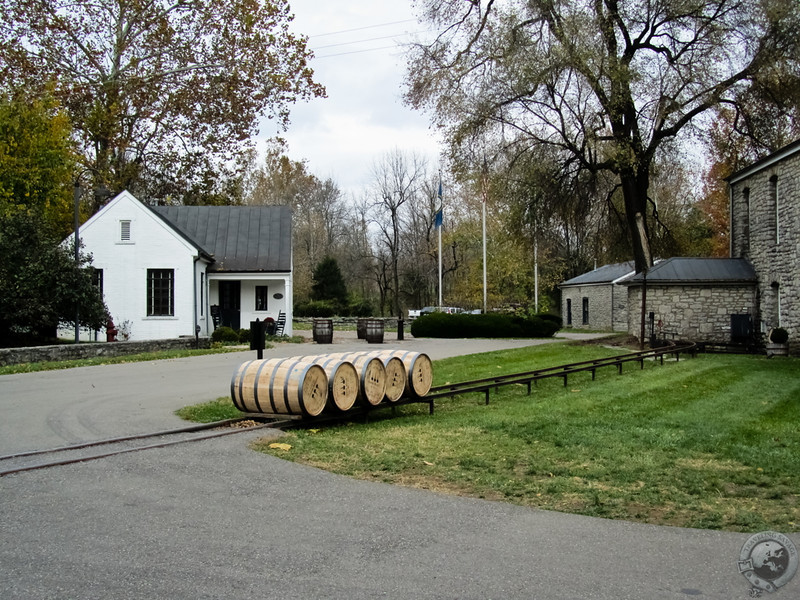
Agreed! My husband, cousins and I did the KBT last year–seven distilleries in 36 hours!–and Woodford was by far my favorite.
Why was it your favorite? The whiskey? The distillery and grounds? Something else?
So, I wonder whether an interesting tasting (perhaps a blind tasting) of Old Forester and Woodford Reserve would be educational? Is wood management the same with the two with the only difference being pot still v. column still? That would make it truly interesting if it was the only significant variable, ainna?
That would be an interesting blind tasting. I assume Woodford Reserve uses “better” barrels but I can’t confirm that.
I “discovered” Woodford Reserve a few years ago and now everyone I know that enjoys bourbon has a bottle of their own. Woodford is a solid bourbon and I think it really strikes a chord with the average Joe. I’ve been exploring bourbon for a while and my current favorite is Booker’s made by Jim Beam, have you ever tried it?
Booker’s is excellent Bourbon and one of my favorites. Though you really pay for what you get.